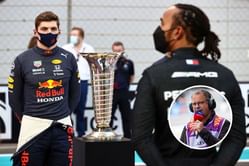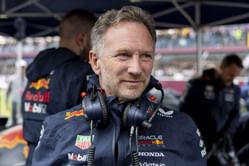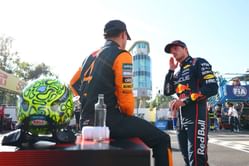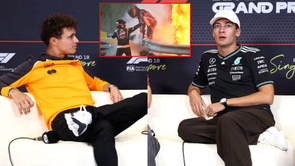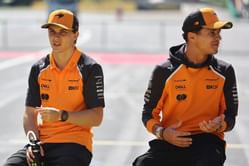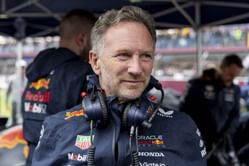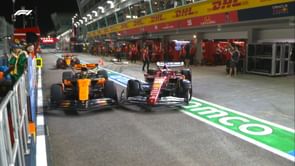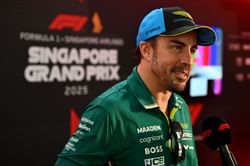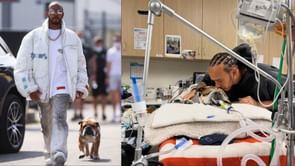Moveable wings are nothing new to us, every time you sit inside a flight you see the wings and ailerons moving around, at the time of landing and take-off, with an array of hydraulics supporting them. Same is the case in Formula One cars whilst the only difference in Formula One cars, is the space is small for the flaps to move around.
![]()
The genius engineers of Formula one car named this science of movable aerodynamic wings as Drag Reduction system. It is essentially an adjustable rear wing which facilitates overtaking over the demarcated DRS zones over a Formula one circuit. The DRS zones are activated in a circuit after two laps are over in a race. When two or more cars pass over timing loops in the surface of the track, if a following car is measured at less than one second behind a leading car it will be sent a signal that will allow its driver to deploy the car’s active rear wing.
The wing is lifted up at the front and pivots about a point at the trailing edge of the wing, so that at the time of a failed overtake maneuver, the wing will drop down to the default high downforce position. In simpler terms, it is used to reduce aerodynamic drag and increase the straight-line speed of the car.
The rear wing is adjustable and the driver can move it at any given time. It is also told that with the new aero rules coming over in 2019, the DRS effect will increase by approximately 25-30 percent. That is the delta of the drag of the car when it opens the DRS and deploys it to current will be bigger, so the delta of speed of the following car will as a result be bigger by that amount. Hence the probability that you can approach the front car will increase.
Many formula one insiders have refuted that the new aero rules in 2019 will make overtaking easy. However Formula 1 Race Director Charlie Whiting stressed that the aero changes for 2019 were enforced with a view to make DRS more effective on a circuit to circuit basis, and make it usable on shorter straights, that is the whole idea.
The science of aerodynamics is one of the most prominent in Formula One, and DRS being one of the most visible to the human eye, what I believe is DRS is here to stay and remain and integral part of Formula one. So next time you see that overtaking maneuver on a DRS zone, you know it is the DRS which is giving the driver’s adrenaline rush the added boost in order to negotiate the overtake.
FAQs
The DRS system helps reduce the drag on straight lines and enables the driver to overtake the car in front of him.
The DRS system can only be enabled in specific DRS zones but there is no limit to the number of activations during a single race.
The attacking driver who is one second or less behind a car in the DRS zone is allowed to trigger DRS.
DRS is manually activated by Formula 1 drivers.
